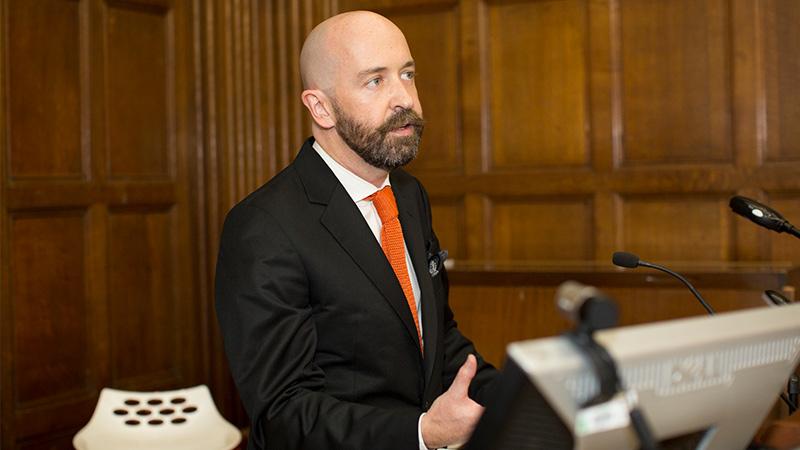Marc Mason, Therapist and Senior Lecturer at Westminster Law School, has written an article for Times Higher Education about the approaches needed for trauma-informed teaching.

In the piece, Mason provides information on understanding the basics of trauma responses and how to deal with them. According to Mason, a particularly important trauma to consider is ‘recognition trauma’, which could mainly emerge from racial issues, but can also be seen due to other forms of discrimination or systematic privilege.
Mason draws on Polyvagal theory, which recognises three modes humans use to deal with threats, including the dorsal vagal state, known as shut down or collapse, the sympathetic nervous system, known as fight or flight, and the ventral vagal state, known as safe and social. He explains how these mechanisms work with examples of ‘threats’ student may encounter during their studies.
According to Mason, when a traumatic event happens, the limbic system, which is responsible for our basic survival responses, acts quickly but below consciousness, while the cortex or thinking brain, only receives information later. This effect results in our brain recognising threats instantly by remembering details of it but can also cause inappropriate trauma responses through certain sounds, smells, or environments.
In Mason’s view, the first step to trauma-informed teaching is to recognise that trauma may be present in the environment, and to understand how it operates. He suggests a few approaches, including designing lessons while considering whether materials can evoke trauma responses; informing students in advance if certain materials are triggering; considering whether ‘problematic’ student behaviours might be coming from a trauma response; remembering that the feelings and moods of educators affect students; and staying attentive to respond to the present.
At the end of the article Mason explains: “These are just some suggestions; really it’s a matter of us holding in mind the information outlined above when designing and delivering our materials and being as fully present as possible in the learning environment.”
Read the full article at the Times Higher Education’s website.


